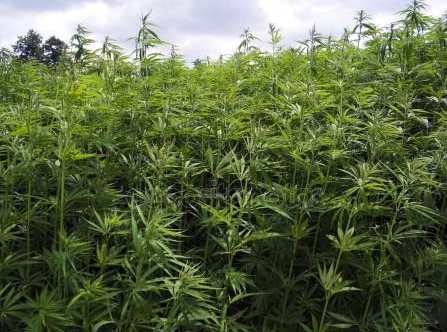The Bureau of Cannabis Control notified the cannabis marketers in California that starting January 1, 2018, cannabis products commercially sold in the state were required to have certified third-party cannabis lab testing for specific analytes. These analytes include foreign material, cannabinoids, microbial impurities, heavy metals, processing chemicals and residual solvents, mycotoxins, water activity and moisture content, residual pesticides, terpenoids, and homogeneity.
The proposed testing was broken down into phases with the first phase running from January 1st to June 31st. The second phase is from July 1st to December 30th,and the final one initiates on December 31st. It won’t be long before the second phase begins.
Since cannabisis still listed as a Schedule I drug at the federal level, each state must determine which tests to implement and enforce. Many states rely on the work of those that legalized cannabis first to guide them in creating their own regulations.
Discrepancies Between Federal and State
Cannabis’s illicit status places it in a unique position. There are no federal organizations to oversee the crops to guard against harmful contamination from pesticides and other impurities. With cannabis, smoking is a popular method of consumption. When the herb is inhaled it quickly flows into the lungs and bloodstream. This process occurs without passing through the digestive system where it would be broken down if the product was eaten. This makes the need for accurate testing that much more critical.
On the other hand, discrepancies between federal and state laws leave cannabis cultivators without any federally approved pesticides to protect their crops from disease and pestilence. Therefore, many growers feel like they have no other choice than to use considerable amounts of dangerous pesticides meant for other purposes. Steep Hill conducted a study that illustrated that 84.3% of all cannabis samples turned in for testing contained higher than anticipated levels of pesticide residues.
In 2015 less than 5% of legal cannabis sold in California was tested. The new regulations introduced in January of this year put many people in the industry in a difficult situation. The question they face is how do we protect the products as well as the consumers?
Some states like Washington provide lists of pesticides that meet the criteria of the Washington State Department of Health and the Washington State Liquor and Cannabis Board. This list is regularly updated and only includes those allowed by regulation. The Washington State Department of Agriculture website also offers guidance on protecting workers from pesticide.
The medical cannabis industry is new to places like Arizona,and the Arizona government is already discussing how to ensure the safety of patients and customers while providing transparency with information about what they are consuming. In Washington state, cannabis business owners are asking state regulators to require growers to test for pesticides in adult-use plants. Like California, it seems that blind testing uncovered troubling results involving pesticides and other harmful contaminants.
Later this year, we’ll likely hear more about the phases of regulations in California as it’s still too early for much information on the subject. Regardless, the cannabis industry understands the danger of products contaminated with substances like pesticides. There is much discussion on how to keep consumers safe while still protecting cultivator’s crops from disease and illness.









